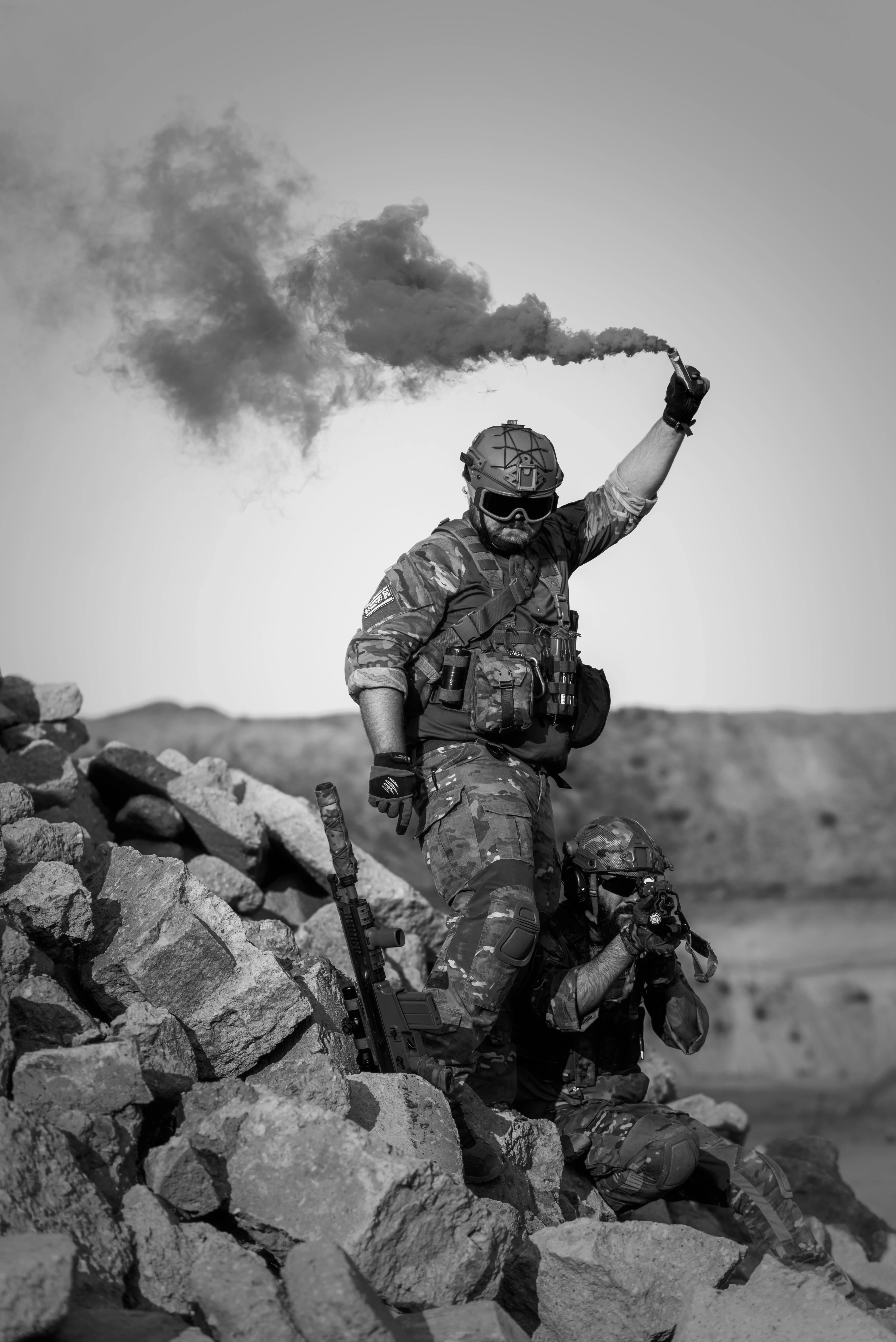As wars continue to erupt and escalate across the globe, the number of displaced individuals is soaring to unprecedented heights. Soldiers in uniforms with weapons in hand and medals proudly hanging off their chests take the responsibility to protect their citizenry. To them, we thank them for their service and sacrifice. But not all sacrifices get the acknowledgement it deserves. While the media may highlight key political and military developments, the lived experiences of civilians forced to flee, many of whom spend years, even generations, in displacement, remain critically underreported. They are reduced to a number, but the aftermath of the lives of these refugees aren’t very recognised. While illegal immigration is a bothersome issue for the west, most of the refugees still suffer from lack of identity, while the distinction between war survivors and illegal immigrants gets foggier as the day goes on.
According to UNHCR, by the end of 2023, over 122 million people worldwide had been forcibly displaced by conflict, oppression or targeted violence. Among them were 43.7 million officially recognized as refugees and 72.1 million internally displaced within their own countries. A staggering 40% of these people were children. These numbers, while powerful, cannot capture the emotional, psychological, and physical toll of being uprooted from everything familiar.
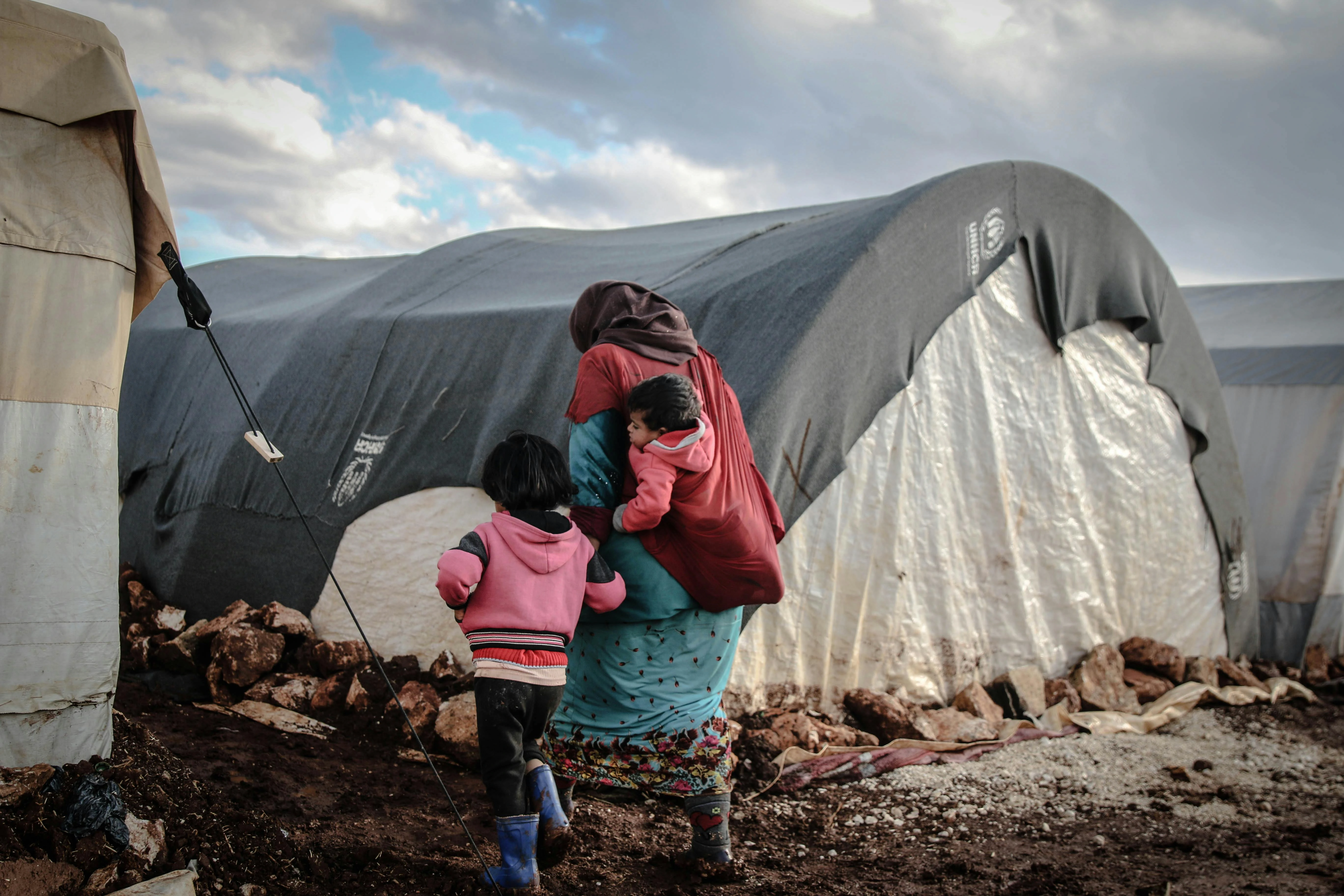
Ukraine -The unending spiral of war
In Ukraine, Research by Eurostat, European Commission. (2024, March 25).has shown since the onset of Russia’s full-scale invasion in 2022, more than 14 million people have been displaced. Of these, around 3.7 million remain internally displaced, while approximately 6.9 million have taken refuge in other European countries. Cities such as Mariupol and Kharkiv have witnessed prolonged and extensively heavy destruction, with families escaping the territory overnight in freezing conditions. Countries like Poland and Germany have responded by offering shelter and temporary protection, benefiting over 4.25 million individuals but long-term integration has proven difficult as traditions and language issues still persist with many refugees facing employment barriers and growing inter-political resistance. Despite these hardships, Ukrainians have been displaying remarkable resilience by accepting their fate with courage and volunteering to establish mobile schools, and showcasing support to their exiled brethren.
Gaza: The innocent bait
Along the Gaza Strip, UNRWA records the condition of civilians claiming it is way worse. Nearly 1.9 million people—around 90% of Gaza’s population—have been forcibly displaced due to ongoing conflict between Israel in retaliation of the upsurge accorded by Hamas on October 7. This is not a new crisis; many of those affected are descendants of earlier refugees displaced in 1948 and 1967. According to the BBC, Hamas built infrastructures with five groups, infiltrating civilian establishments, with which innocents bear the consequences today. With sealed borders, constant airstrikes, and extreme shortages of food, water, and medical supplies, civilians have virtually no safe place to go. Families seek refuge in overcrowded shelters and hospitals. Despite unimaginable conditions, communities still manage to support one another and maintain their humanity through informal education, aid networks, and acts of solidarity that often go unnoticed by the world.
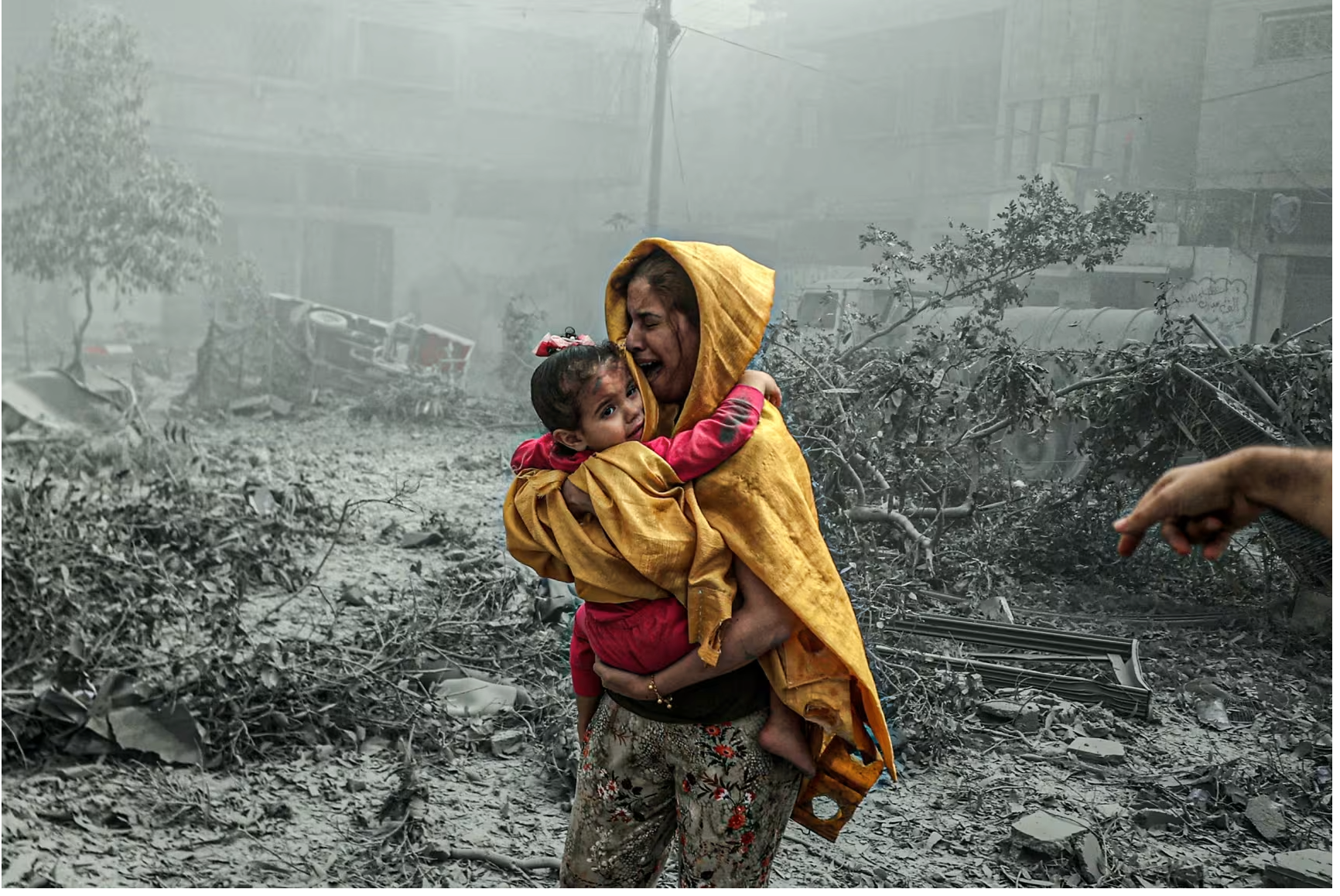
Kashmir: Religious dispute or Egotistical border Politics?
In the prolonged conflict between India and Pakistan, particularly in Kashmir, According to Pulitzer Center, Wargaming and displacement predictions suggest that battle in Kashmir has taken on a different form, which can be sensed be as quiet, long-lasting, and heavily ignored by the international community. The most prominent example is the exodus of Kashmiri Pandits in the early 1990s due to extremely radicalised and targeted violence. To this day, around 62,000 families remain displaced. Most live in temporary camps in Jammu, Delhi, and other parts of India. Unlike sudden, visible refugee crises, their displacement is the result of decades of unresolved tensions. These families live in a state of suspended fear mongering and are the victims of extortionists mindest and are disconnected from their homeland to only be partially absorbed into their new surroundings.
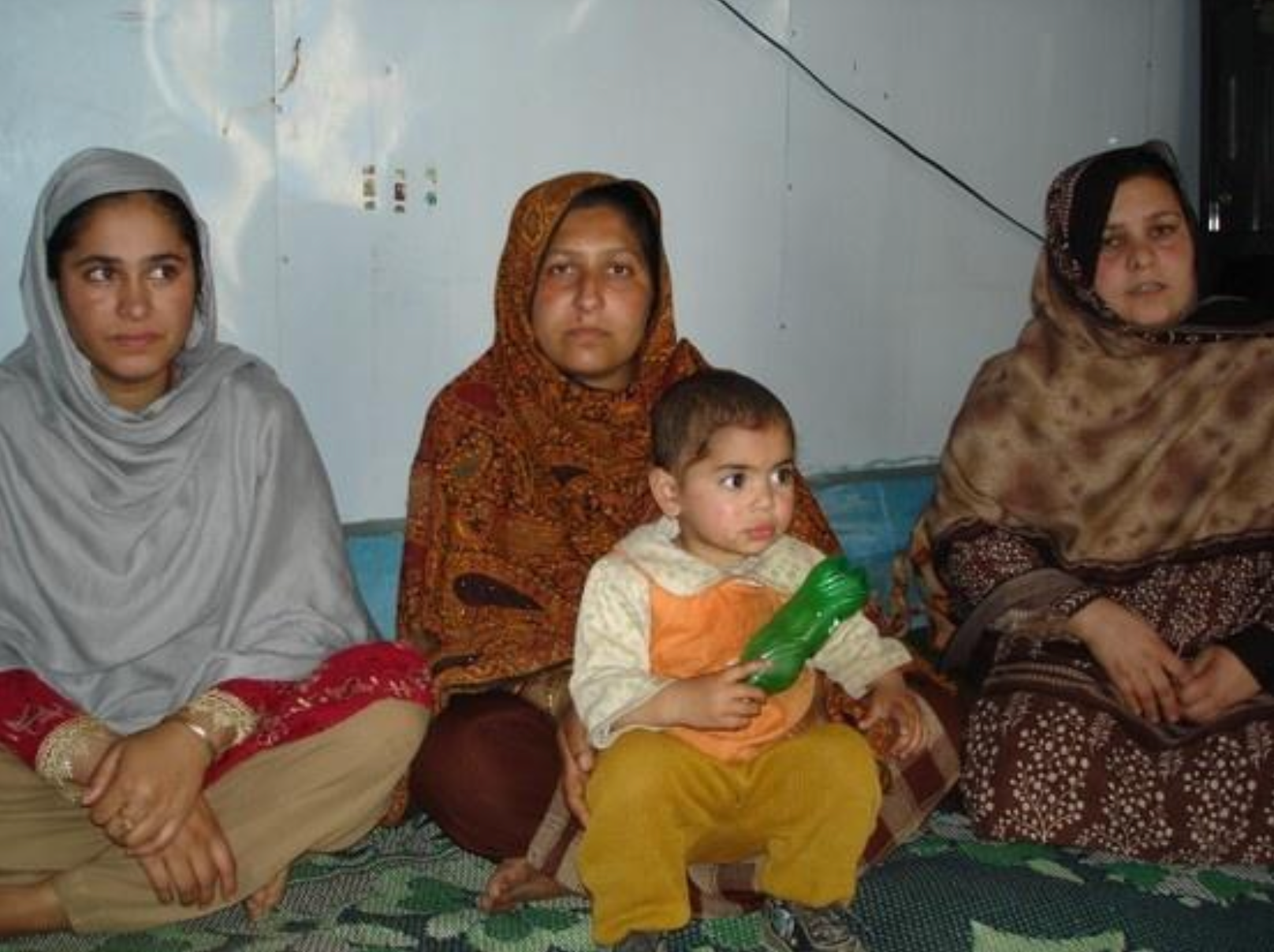
More countries that have been a victim of forced Immigration because of war are Iraq, Sudan, Afghanistan, Iran, Lebanon, Bangladesh, and moreover the history.
The life at refugee camps
Escaping war, though, is just the beginning of a lifelong struggle. Refugees often find themselves entangled in bureaucratic limbo for years, waiting for asylum decisions that will determine their futures. Many countries impose legal restrictions that barr them from working, receiving adequate education, or accessing healthcare. Even in welcoming host nations, social integration is far from simple. Language barriers, cultural gaps, and social stigma often isolate refugees, making them feel unwelcome in the very places meant to offer safety.

The emotional and psychological toll that survivors experience is profound. War trauma does not fade with distance. Many refugees, especially children are known to suffer from PTSD, depression, and anxiety. With limited access to specific mental health care for such cases, their struggles remain largely invisible. And yet, the determination to build a new future persists. Refugees adapt quickly, often taking on work below their qualifications, learning new languages, and becoming active members of their new communities. They are not just passive recipients of aid but active participants in recovery and growth.
The youngest torch bearers
Children bear a disproportionate burden in these crises. They lose not only their homes but also their education and, in many cases, their families. Despite these hardships, children often display astonishing strength. In refugee camps across the world, many continue to learn in makeshift and mobile classrooms, play in rubble-lined courtyards, and dream of futures untouched by conflict. Their resilience is a beacon of hope and a reminder of what is at stake.
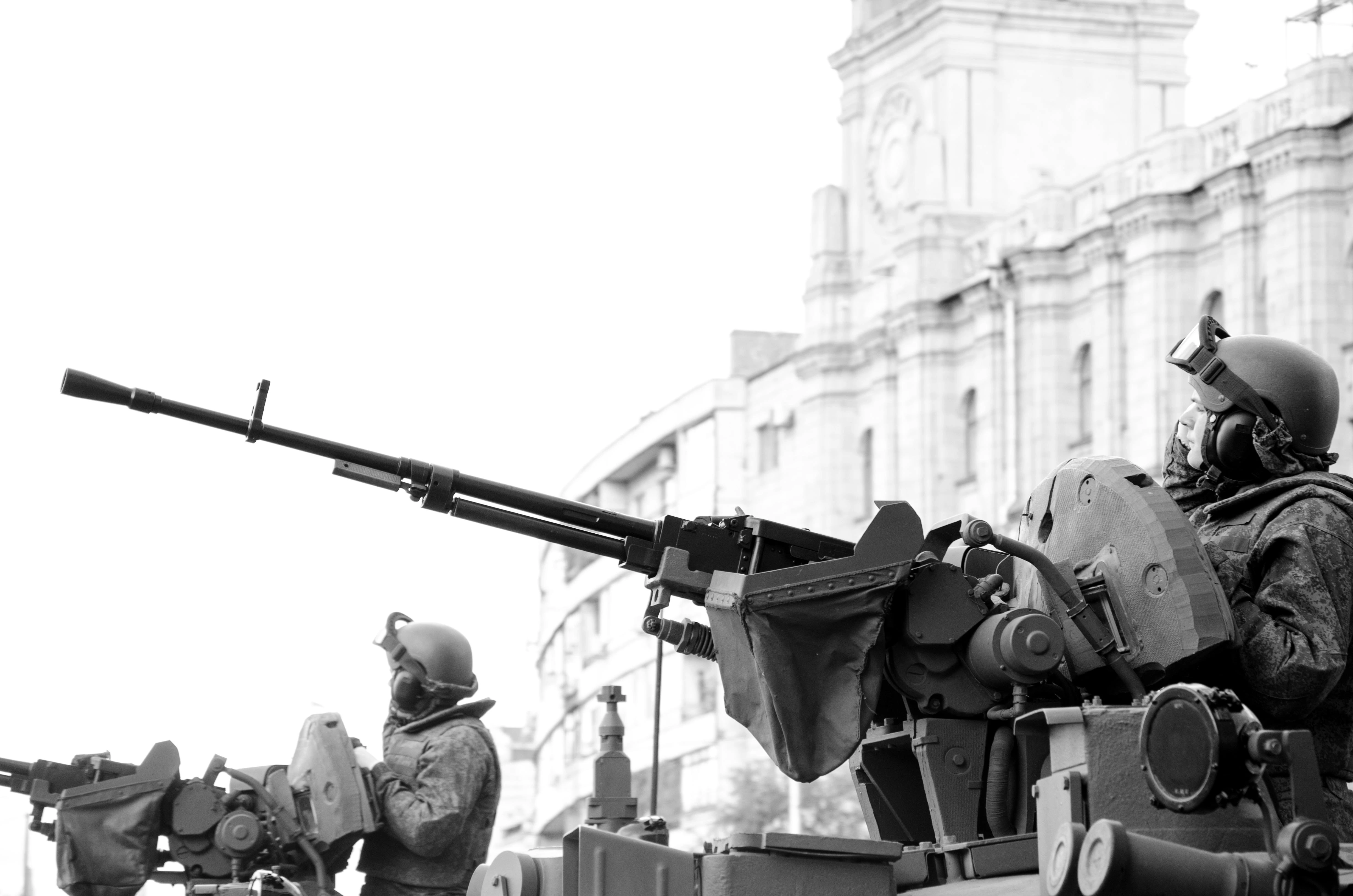
The aftermath
Refugees are too often seen as victims, but that image fails to honor their courage. Their journey of escape, survival, and rebuilding does require the same valor we ascribe to soldiers. They are heroic not because they fight in battles, but because they refuse to let war erase their identities, hopes, or humanity. The mother who shields her children through bombings, the teenager who becomes an interpreter and caregiver overnight, the elder who teaches traditional songs to preserve culture, these are quiet, daily acts of heroism.
Acknowledging these unspoken heroes demands more than admiration. It calls for collective action. Supporting refugee aid organizations, advocating for fair and humane asylum laws, challenging xenophobic narratives, and investing in education and healthcare for displaced populations are all ways to make a difference. And most importantly, it requires listening, “truly listening” , to the stories of those who have lived through war and displacement. The battlefield may capture headlines, but the real struggle continues long after the gunfire fades. In shelters, refugee camps, and border crossings, millions fight each day for normalcy, safety, and dignity. They are the survivors, the builders, the dreamers—and they deserve not only our attention, but our respect and support.
These are the unspoken heroes of the battlefield.
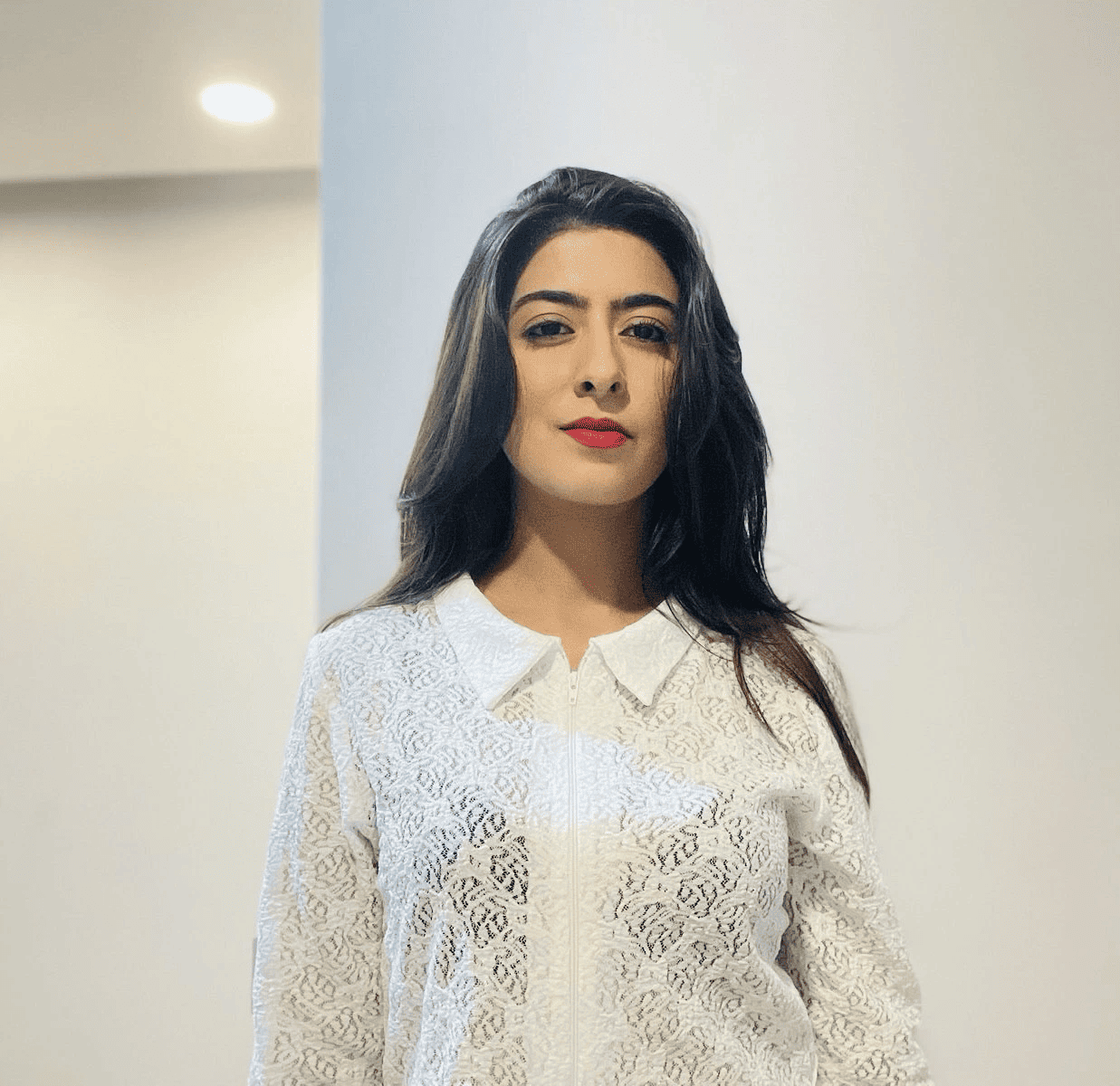 Shifa Mehra
Shifa Mehra